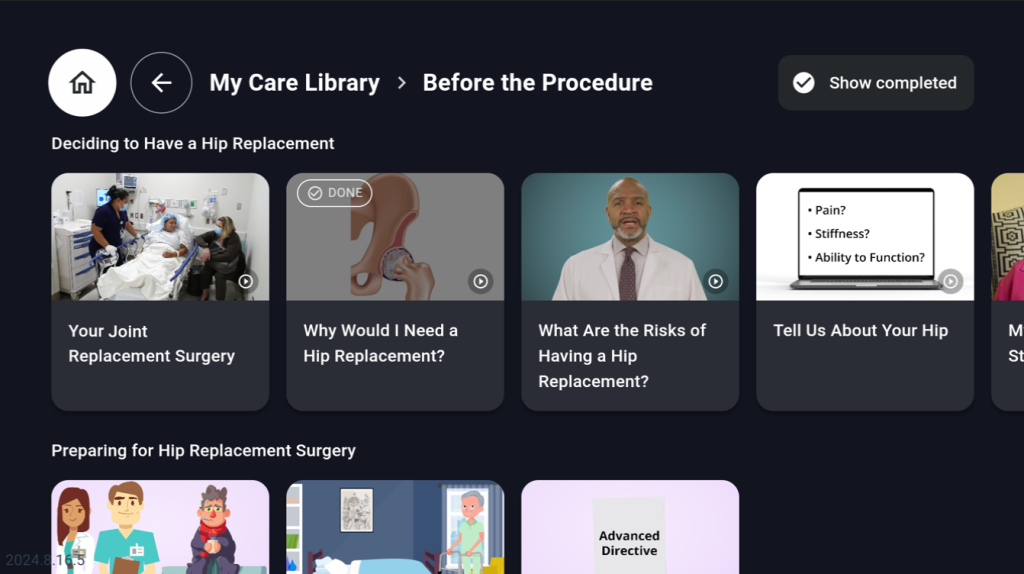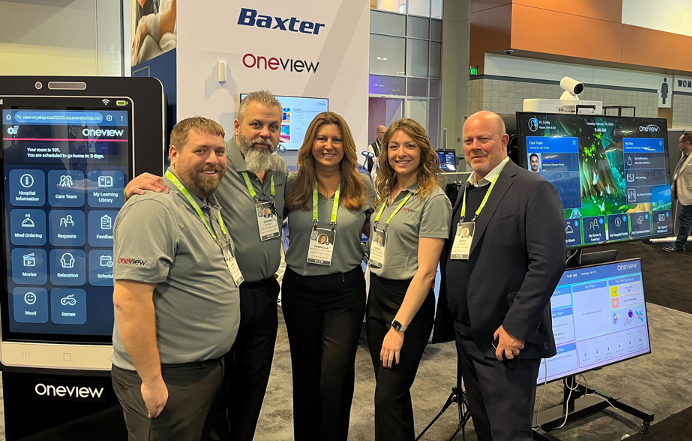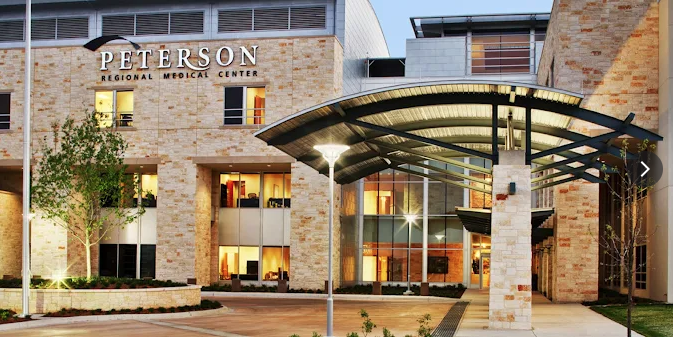A decade ago, I was working with hospitals to implement policies and procedures to improve incident reporting and help reduce patient falls. In those days, nearly all my efforts were directed toward supporting the clinical and quality teams, with very little consideration given to the patient’s own perspective.
Fast forward to today, I now have a unique perspective that covers both care team and patient perspectives thanks to the work I’ve done with Oneview’s Care Experience Platform (CXP). While the health industry has made some progress, falls remain one of the most common and costly adverse events in Australian hospitals.
The newly released Best Practice Guidelines for Preventing Falls and Harm from Falls in Older People by the Australian Commission on Safety and Quality in Health Care (ACSQHC) are a timely and important reminder that we must continue to evolve our approach.
Let’s take a closer look at the four key recommendations in the guidelines and how Oneview can support hospitals in bringing them to life.
1. Education: Empowering Patients, Families and Staff
The first recommendation is to provide tailored fall prevention education to interested older adults, staff, and their families. This is a strong Level 1B recommendation supported by high-quality evidence.
Education is foundational to behaviour change and an important preventative measure. But in a busy hospital environment, delivering consistent, personalised education can be challenging. That’s where Oneview Education comes in. By embedding education into the care experience, we help hospitals meet this recommendation in a scalable, patient-centred way.
Our platform enables hospitals to deliver personalised educational content directly to the patient’s bedside device—such as videos on safe mobility, visual guides for call bell use, or condition-specific fall risk information. Families can also access this content, helping them support their loved one’s safety.

2. Tailored Interventions: From Risk Assessment to Action
The second recommendation supports personalised, multifactorial fall prevention strategies based on each patient’s specific risk factors. Guidelines emphasise that calculating a fall risk score isn’t required – what matters is identifying and addressing individual risks.
This aligns perfectly with Oneview’s approach to digital rounding. Our Patient Rounding tool enables nursing and allied health teams to conduct structured, regular checks that are tailored to the patient’s needs. Rounds can include prompts related to fall risk, like mobility status, cognitive changes, and ensure that interventions are documented for follow up.
By digitising and standardising rounding, hospitals can ensure that fall prevention is not just assessed but actively managed throughout the patient’s stay.
3. Hip Fracture Care: Coordinated, Multidisciplinary Support
The third recommendation calls for care to be delivered in a geriatric orthopaedic service with comprehensive assessment, management and rehabilitation for older people who have experienced a hip fracture.
While Oneview plays a key role in supporting multidisciplinary coordination. Through our Service Requests feature, staff can assign and track patient-specific tasks, such as physiotherapy sessions or pain management reviews, ensuring that care is timely and aligned with the patient’s recovery plan.
Our Digital Door Sign can be configured to show alerts or precautions relative to the patient’s condition, e.g. ‘Falls Risk’. This information is updated in real-time from the EMR and makes sure that all care team members are aware of important information as they enter the patient’s room.
4. Home Safety After Discharge: Planning for a Safe Transition
The final recommendation is to provide home safety interventions delivered by an occupational therapist for older adults at increased risk of falls after discharge. This is a Level 1A recommendation, backed by the highest level of evidence.
Discharge planning is a critical moment in the patient journey, and it’s one where Oneview can make a real difference. Our Discharge Planning feature helps care teams assess fall risk as part of the discharge process and coordinate the necessary supports – whether that’s a home visit, equipment provision, or community referrals.
Any preparatory steps for discharge such as goals for the patient to achieve, or appointments with allied health staff can be made visible on either the patient device, or the Digital Whiteboard.
By embedding falls risk into discharge workflows and making all stakeholders aware of related goals and appointments, we help hospitals ensure that patients are not only discharged on time but also discharged safely.
A Shared Responsibility
One of the most powerful messages in the ACSQHC guidelines is that fall prevention is everyone’s responsibility. It’s not just about policies or checklists, it’s about culture, communication, and continuous improvement.
At Oneview, we’re proud to support hospitals in this mission. Our Care Experience Platform is designed to enhance the care experience for patients, families and staff, and make it easier to deliver safe, high-quality care.
Let’s keep working together to make that vision a reality.



